Wyred 4 Sound are based in California and produce a wide range of products from amps to music servers. Here Janine Elliot wires up their DAC 2V2 costing £2299.
I was excited to review the Wyred DAC 2v2 for two reasons. Firstly, this was yet another company who choice of name is an interesting conversation starter. “Wyred 4 Sound” reminds me of a 1981 Cliff Richard album and title song that I am embarrassed to admit I actually really liked when I was young. As the company informed me the name was really just a play on words, and a shame that there never ever was a ‘Mr Wyred’, just as there was never a ‘Mr Schiit’ at Schiit Audio. But it certainly gets your attention. This company was set up by an E.J. Sarmento in 2007 after he left Cullen Circuits (a company producing electronic circuits and modifying others) and produces distinctive looking products that have two slanted ‘end caps’ at each end of the front panel, the whole in two-tone matt finish that fit well alongside my similarly dressed Krells. The second reason for my excitement was the use of the ESS Sabre 9028 Pro chips in the design. I recently reviewed the Lehmann Linear D Headphone amplifier/DAC and the Copland DAC215, both using ESS Technology Sabre products, and loved the clarity and speed of sound that I heard. Similarly this unit is configured in quad differential mode meaning that with four D-A converters per channel they could achieve improved S/N ratio and output drive. For those with earlier DAC 2’s they can be updated to the v2 by sending their DAC and some dosh to Wyred 4 Sound. There is also the higher specification DAC 2v2 SE which uses the reference 9038PRO DAC chip, plus a selection of other improved components. That doesn’t mean the machine up for review here is not qualified enough to take your digital files to a new level. This is a very able machine, and it must be stressed the DAC is only a small ingredient in the whole product; the use of toroidal transformer, ESS Time Domain Jitter Eliminator® and W4S proprietary discrete output stages help to add up to a very exciting ‘end product’.
I first got interested in W4S when I saw their Class-D amplifiers, and as a staunch Class-A-Addict found them surprisingly good. Now their DACs are receiving equal acclaim, and their portfolio also includes preamps, music servers and cables. The new DSD 2V2 and DSD 2V2SE are based on their award-winning DAC-2 series comprising the DAC-2, DAC-2 DSD and DAC-2 DSDse.
With a mighty129db dynamic range and -120db THD+N it uses ESS Labs’ ES9028PRO Sabre 32 bit DAC chip, a successor to their ES9018S chip as used in the previous incarnation. The SE version improves on this using ESS’s flagship chip, the ES9038PRO Sabre; where it promises 140db dynamic range and -122db THD+N, though with this and other improvements adds another £1500 to the base model’s price point of £2,299. Whichever version you chose you get some impressive specification. Playing all sample rates in between the common 44.1/48/96 and 192, such as 88.2 and 176.4kHz the 2v2 will play Toslink up to 24bit/192kHz (though the instruction book states “a maximum of 174.6 has proven to be more reliable”) and S/PDIF up to 200kHz, with USB and I²S supporting PCM files up to 32bit/384kHz and up to DSD256 files, double what was possible on the DAC-2 DSD. Each of the coax inputs are transformer coupled to isolate the source while maintaining proper loading. To ensure that the lowest input signal level will satisfy the digital conversion engine, the signals also pass through TTL buffers to maintain consistent signal integrity. The DAC 2v2 is well supplied in the socketry front too; 2 Coax, 2 Toslink, XLR AES/EBU, USB and I²S. The USB input uses what they call “galvanic isolation” to eliminate computer noise from interfering with the audio signal. Also, the ESS chip is used as the receiver chip and performs all the signal selection and routing. Automatic signal up-sampling is done internally to keep output filtering to a minimum, all helping to reduce jitter to zero. The I2S input utilises a HDMI socket (it tells you not to connect your DVD player, game console or TV to this HDMI socket!) This format is different from normal digital inputs, as information such as bit clock, word clock, master clock and audio data are all on their own dedicated pins rather than being combined on a single digital connection. By not having to get all clock information from the single data stream jitter is thereby reduced to zero. Outputs include RCA and balanced XLR, plus Home Theatre (HT) bypass and 12v trigger sockets. Just wish there was a headphone socket on the front (and associated amplifier of course), since this combo of DAC/headphone amplifier seems so common now, and also perhaps a 3.5mm jack at the front to connect direct to portable DAP player S/PDIF outputs that are becoming popular as well. But I digress. With the HT bypass feature you can connect the pre-outs from your surround sound processor. If HT input or the trigger is initiated the HT bypass inputs will activate. I’m not a fan of surround sound, so I gave this test a miss. On the power supply side this is a well-designed unit combining an oversized toroidal transformer, more than 115,000uF of capacitance, 3 stages of filtering and 13 regulation points. The analogue output stages are powered by a separate supply to ensure isolation from the digital front-end.
In basic factory set up when switching on the unit it always resorted towards mute, so you need to increase the level using the remote to get a respectable number (61 for me). 70 is the maximum and the levels are stepped; so 1-9 are in 3dB steps and 10-24 in 2dB steps and anything above is 1dB. You can make changes to the minimum level by configuring it as you wish in Set Up by holding all three buttons in standby mode and then using the up and down buttons to get to the pages you want to modify. You can set minimum level of each input, so if you set minimum as 10, then you will have 60 steps at your disposal. You can also choose Fixed or Variable for the input level; fixed mode bypasses the internal DAC volume control, while variable mode engages it, giving you a choice of using the unit as a preamplifier or as a straight input into your preamplifier’s volume control missing out the digital volume control. You can also make changes to the filtering, bandwidth and I²S type. That remote is rather a cheap oversight and for a £2000+ product I would have expected far better, preferably metal matching the two tone metal DAC console itself. The rubbery remote is very cheap, and looks it. Sorry. Since the main unit only has these power and down/up buttons you are rather dependent on the remote for speedy operations. Interestingly this remote does have a “phase” button which is disabled and non-functional, though you can substitute a universal remote, should you wish, as W4S have added it to the Logitech Universal Remote database. The display has two levels of blue lettering which is clearly readable from your listening position, and the unit itself is ½ the width of standard 17” width hi-fi, so you could put this and a matching server on the same shelf, for example. But bear in mind that the unit’s cooling is via holes at each side.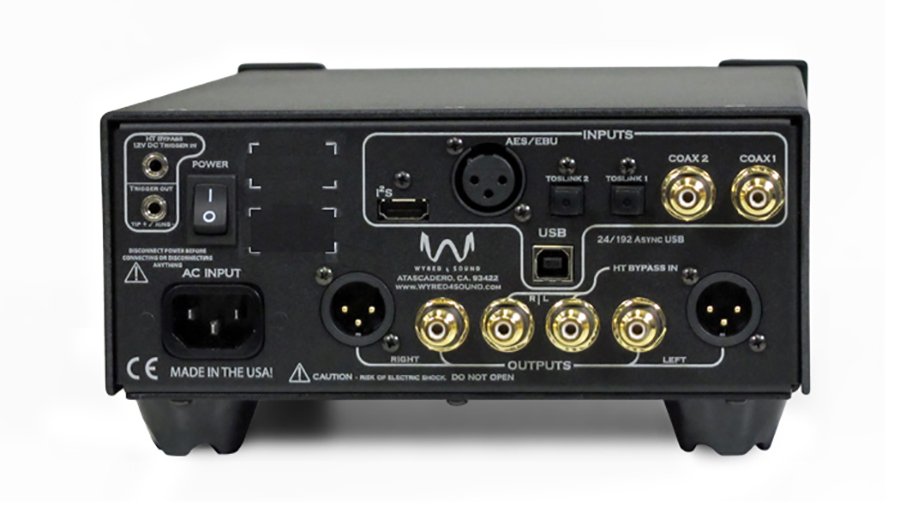
Listening
Turning to USB input I installed the supplied 32bit/DSD driver, with a view to playing audio via Foobar2000. The instruction manual is very good at showing how to do this if you need. It is also good that they supply their own driver, though I would expect this at the price. Playing a 32bit recording of Alan Parsons “Eye in the Sky” with its distinctive and aged electronic drum kit created a very clinical portrayal of the music; basically nothing is added or taken away from the sound, this is as honest a DAC I have ever heard. Turning to the detailed jazz and rhythmic minimalism from the duo of composer Steve Reich and Jazz guitarist Pat Metheny in their joint ‘Electronic Counterpoint’ the music was as coordinated and clear as I have heard this music. Both pride themselves on precision of timing and the W4S DAC made that even more exciting. The Pat Metheny produce excellently recorded albums with clear instrumentation, particularly from the drums, and this was a great listen, though I did miss some of that bass energy or mid warmth that some lesser conversions might present; This DAC is all about accuracy and honesty.
Turning to digital output from my X5 the latest 24/192 binaural album from Chasing the Dragon “Espana – A tribute to Spain” gave me a good chance to hear the clarity and space of sound offered by the W4S. Whilst binaural really works best on headphones, the depth of sound and positioning through loudspeakers is quite astounding. Rosie Middleton’s vocals of Bizet’s ‘Habanera’ and ‘The Gypsy Song’ from the opera ‘Carmen’ were picked up clearly by the KU-100 binaural mannequin from Neumann and presented confidently by the W4S. The close violins and cello’s appeared as if I were sitting on the front row, and the reverb from the Air Studio’s hall was allowed to work its charm with a clarity and finesse that made the music come to life. The slightly late tambourine and triangle entries a few times in Chabrier’s Espana just assisted in making this recording as live a performance as I could get in my living room. The national Symphony Orchestra under conductor Debbie Wiseman performed with passion and this DAC allowed that all to be clear and precise. Bass was deep and top end pin sharp. Listening to my favourite Sibelius symphony No2 (Berliner Philharmoniker, Sir Simon Rattle), the sound gave slightly more grainy violins and more controlled dynamics than I had heard before which slightly disappointed it for me; it was getting all the detail it could out of the recording but this was like lean-beef rather than a full-fat quarter pounder with fries; the former might be better for me, but not quite so enjoyable. The Lake Poets’ ‘Live from The Minster’ gig in Sunderland on 26th September 2015 (24/96 download from Bowers and Wilkins) was a very atmospheric performance with pin sharp accurate reproduction of man and his guitar and audience. Nothing gets past this DAC; it was like watching a film on a 4K television rather than a 1080p plasma.
Turning to jazz the Modern Jazz Quartet “Blues on Bach”, originally recorded in 1973 but available on 24/192 the close harpsichord mic’ing of John Lewis’s playing gave for a very detailed and polished performance in ‘Regret’, especially with the vibraphone playing of Milt Jackson. The slight over peaking in the recording of ‘Blues in B Flat’ did give me a surprise as I hadn’t noticed that one before. “Rise Up in the Morning” is a tune Kenny Everett used in his mime-artist comedy routines, and this gave a chance again for these artists to give a polished performance of harpsichord, vibraphone, double bass and drums including sleigh bells and triangles. To be honest the ESS DAC plus all other components in this box gave as polished a performance as the musicians. A good test when reviewing is to play bad quality recordings to see if they sound any better. If the product is good it shouldn’t actually make the music sound better, if anything it should show up even more of the faults. Ray Davies’s distinctive voice in title track from his album Working Men’s Club gave me a chance to hear the close drum mic’ing, distant backing vocals (including occasional lower octave interjection) and piano and organ and guitars that really aren’t as well recorded and clear as I would wish if I was engineering the album myself. The DAC gave me a chance to see how ordered all the bits could be “assembled” to make my listening experience more enjoyable. If anything, the clarity from the 2v2 made it more painful than the last time I played it. Luckily the next track “Morphine Song” gave me less pain and made me happier, as I would expect the drug itself to do. The guitar was clearer though the thick textures and compression made it less musical. The W4S DAC wasn’t the problem; it gave an excellent top end clarity and a weight through all the frequencies that made the music exciting and clear plus musical all at the same time. I think you get the picture that it is hard to fault the DAC.
Turning to ELO’s ‘Alone in the Universe’, comparing my Krell CD player against the W4S, whilst the latter gave a clearer representation of the vast soundstage I felt the sound was more exciting and real for me through the KPS20i. That player’s aged DAC might not be as clever as today’s wonders but it excited me every time I played. Sometimes perfection misses out some of the magic. The bandwidth/IIR settings can be changed to allow roll-off at above 50, 60 or 70kHz for fine tuning to your personal taste, though, and using the balanced output direct to my power-amplifier gave improved soundstage and musicality, showing the unit can be successfully used in a digital-only system as a very capable preamplifier, if only that remote could excite me more.
Conclusion
This is quite some unit which I actually found hard to criticise apart from the remote. If you want pin-sharp accuracy and speed of reproduction then you cannot go wrong. This machine worked well whatever I plugged into it whether wav, FLAC or DSD. It has an honesty that might surprise you about some of your own digital collection of music. If you can put up with hearing more of the detail and speed, and perhaps hear some of the imperfections in the recordings, then you cannot go wrong. This is one of the best DACs I have listened to, and that ESS Sabre DAC is only part of the story. Wyred 4 Sound really do know how to put all the ingredients together to make a good DAC.
Build Quality: Excellent construction with distinctive ‘two-tone’ design and excellent components and connections. Just let down by a basic remote
Sound Quality: Giving a detailed and honest conversion of the digits fed into it, with a punchy bass and clear top end.
Value For Moeny: At £2299 this might be in upper DAC territory but it is such a good performer, catering for all main digital formats and input terminations. I really enjoyed playing with it. If you use it as a preamplifier then it is even better value.
Pros
Well controlled and precise delivery
Bass was tight, with a clear and detailed top end.
Cons
That remote.
Its aim for perfection of sound could make some music sound a little clinical
Price: £2299
Janine Elliot
Specifications
Typical Distortion THD+N (20-20kHz A-weighted @ Vol. 55) <0.002% THD+N
Frequency Response (20-20kHz) ± 0.065db
S/N Ratio > 120 db
Crosstalk > 125 db
Noise (A-weighted) < 7uV
Noise < 9uV
Balanced Output Level (Vol. 100%) 10.5V (20.1 db)
Unbalanced Output Level (Vol. 100%) 5.2V (14.5 db)
Output Impedance DAC-2v2: 100Ω (DAC-2v2SE: 50Ω)
Channel Tracking < ± 0.50 db
Dimensions 8.5″W x 4.125″H x 13.5″D
Weight 14 lbs.











































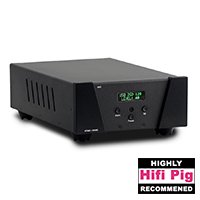




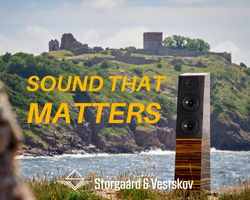

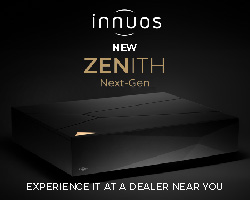
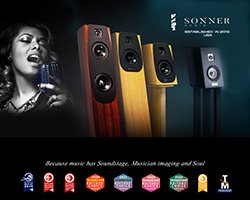
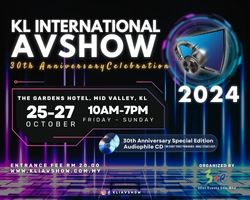


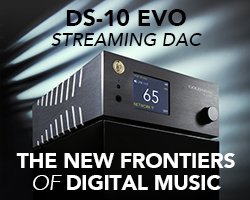

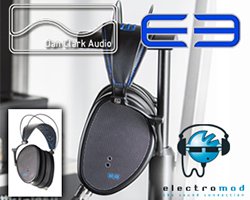





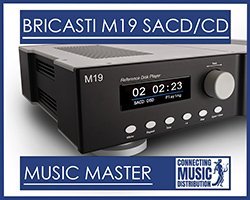

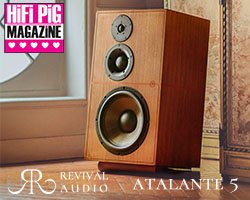







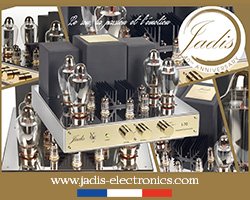






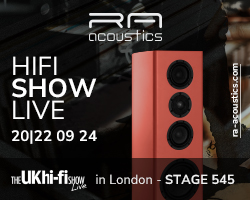



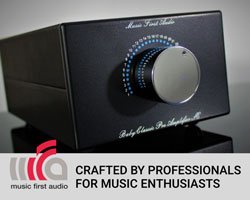








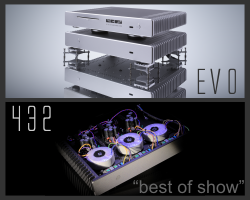
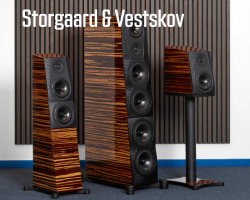


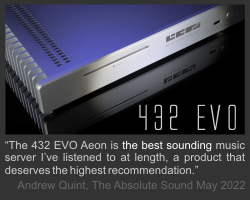
















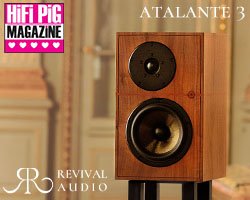


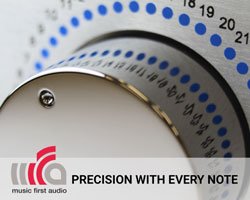

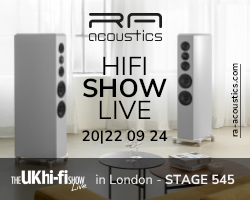

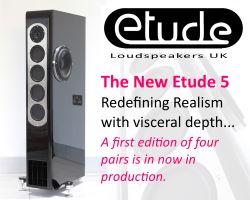











































You must be logged in to leave a reply.